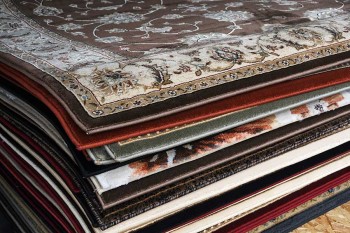Comparing the new light bulbs
By Alan C. Shedd
When it comes to selecting a light bulb for the lamp on your table, there are many choices. The traditional 60-watt incandescent lamp — it produced a warm white glow, got very hot, burned out frequently — is no longer manufactured. You can still find them on some store shelves but they are fading into the past. Under the Energy Independence and Security Act, a bi-partisan bill signed into law by George W. Bush in 2007, manufacturers must make bulbs that produce as much light as the old 60-watt incandescent lamp but use 43 watts of energy or less.
To meet that requirement, lighting manufacturers have developed a broad range of products from "enhanced" incandescent and halogen lamps to compact fluorescent lamps (CFLs) and light emitting diode (LED) bulbs. They are more widely available, offer better performance, longer life, and though they are still more expensive than the old-fashioned bulb they replace, the cost is falling and they save money and energy.
To compare light bulbs, it's useful not only to look at the bulb's cost and energy use in watts, but also to consider three properties:
- how much light does it produce (measured in lumens)
- what color is it (measured by color temperature in degrees K)
- how long does it last (measured in hours or years).
Let's compare the newer bulbs with the old 60-watt incandescent.
A traditional 60-watt incandescent produced about 860 lumens of light, had a warm-white color temperature of 2,700K and had an average life of 1,000 hours. I went shopping for replacement bulbs that offered the same light output and color temperature. I found the following:
43-watt halogen enhanced incandescent
looks like a traditional light bulb
costs $1.00
has a life of 1,000 hours
lasts 0.91 years if you use it 3 hours per day
14-watt CFL
looks like a traditional light bulb
costs $4.49
has a life of 8,000 hours
lasts 7.3 years if you use it 3 hours per day
9.5-watt LED
looks like a traditional light bulb
costs $9.47
has a rated life of 25,000 hours
lasts 22.8 years if you use it 3 hours per day
The LED uses less electricity and lasts a lot longer but is it really worth it to spend nearly $10 on a light bulb? The answer depends on time. If you were to buy all three bulbs in January, by December, considering the cost of the bulb plus the cost of the energy it uses, you would have spent $6.84 for the incandescent, $6.39 for the CFL, and $10.76 for the LED. So the CFL costs less to own and operate. (Based on the national average cost of energy at $0.124/kilowatt-hour.)
Doing the same calculations for 5 years and 10 years, taking into account how many bulbs you will have to replace and assuming the cost of the bulbs and energy doesn't change, the numbers look like this:
| Bulb type | 1 year | 5 years | 10 years |
| Incandescent | $6.84 | $35.19 | $69.39 |
| CFL | $6.39 | $13.99 | $27.99 |
| LED | $10.76 | $15.92 | $22.37 |
As shown in the table, the CFL has the lowest total cost of bulbs-plus-energy in the short run. After 10 years, the LED becomes the low-cost leader. LEDs offer good performance, most by reputable manufacturers come with 10-year warranties, and with prices continuing to fall, LEDs are a good investment. c
Alan C. Shedd, P.E., CEM, is director of residential and commercial energy programs for Touchstone Energy Cooperatives.
-
Share this story:



